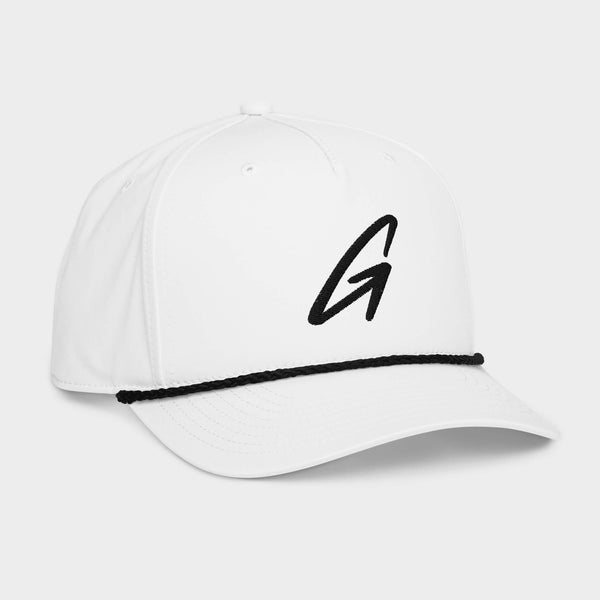Golf is no longer just a tradition-bound pastime reserved for retirees and corporate execs. With Millennials now representing the largest adult generation, they’re redefining what it means to play - and dress for - the game. Their influence is changing the face of the golf industry from the fairway to the pro shop.
A New Kind of Golfer
Millennials (born between 1981 and 1996) grew up differently. They're digital natives, wellness-focused, and value-driven - and their approach to golf reflects that. According to a recent survey by Censuswide and Whatnot, millennial golfers are projected to spend approximately $4,557 annually on golf-related expenses in 2025, surpassing spending by Gen X by $693 and Boomers by $1,798. This spending includes costs for gear, course fees, club memberships, travel, and lessons.
Experience Over Tradition
While previous generations prized exclusivity and private memberships, Millennials are gravitating toward golf as a social experience. They’re frequenting public courses, short courses, and entertainment-driven venues like Topgolf. Convenience, community, and casual formats are winning out over strict dress codes and formal club culture.
Moreover, Millennials are attracted to private clubs that offer non-golf amenities and social components. Interest is highest in amenities offering two key attributes: non-traditional golf play like night-time golf use and simulators; and a multi-use club experience with casual dining, socialization, and fitness.
What They're Spending On
Millennials might not be buying $100,000 club memberships, but they are spending - and spending smarter.
-
Gear with Purpose: Millennial golfers look for value and versatility. They want clubs that are high-tech, shoes they can wear on and off the course, and apparel that blends performance with comfort. Notably, 43% of respondents plan to spend between $1,000 and $2,000 on golf equipment alone.
-
Apparel That Performs: This generation is driving demand for athletic-fit polos, moisture-wicking materials, and minimalist styles - but they also care where and how it's made. Products with a story and purpose behind them, like USA-made goods, resonate deeply.
-
Brand Values Matter: Millennials are more likely to support brands that reflect their values - whether that’s quality craftsmanship, sustainability, or supporting local economies. In fact, 60% of participating millennials prefer golf venues that actively exhibit social and environmental values, with 64% stating these behaviors would influence their likelihood of purchase.
The Rise of Golf Culture
What used to be a niche sport is becoming a lifestyle. From golf-inspired streetwear to Instagram reels of trick shots and weekend rounds, Millennials are blending golf into their identity. They want to look good, feel good, and share the experience - which is why what they wear on the course is just as important as how they play.
The global golf apparel market size was estimated at USD 4.15 billion in 2023 and is projected to grow at a CAGR of 6.9% from 2024 to 2030. This significant growth is driven by various factors that reflect changing consumer preferences, technological advancements, and broader societal trends.
What It Means for the Industry
Golf brands that want to stay relevant need to adapt. That means offering more inclusive price points, innovating with performance tech, and leaning into modern aesthetics. It also means telling a story - one of authenticity, purpose, and values that align with this new generation.
At Golfista, we’re here for the Millennial golfer - the one who values performance, style, and the pride of wearing something Made in the USA. Our polos are built for the modern game, with clean lines, technical fabric, and American craftsmanship woven into every stitch.














